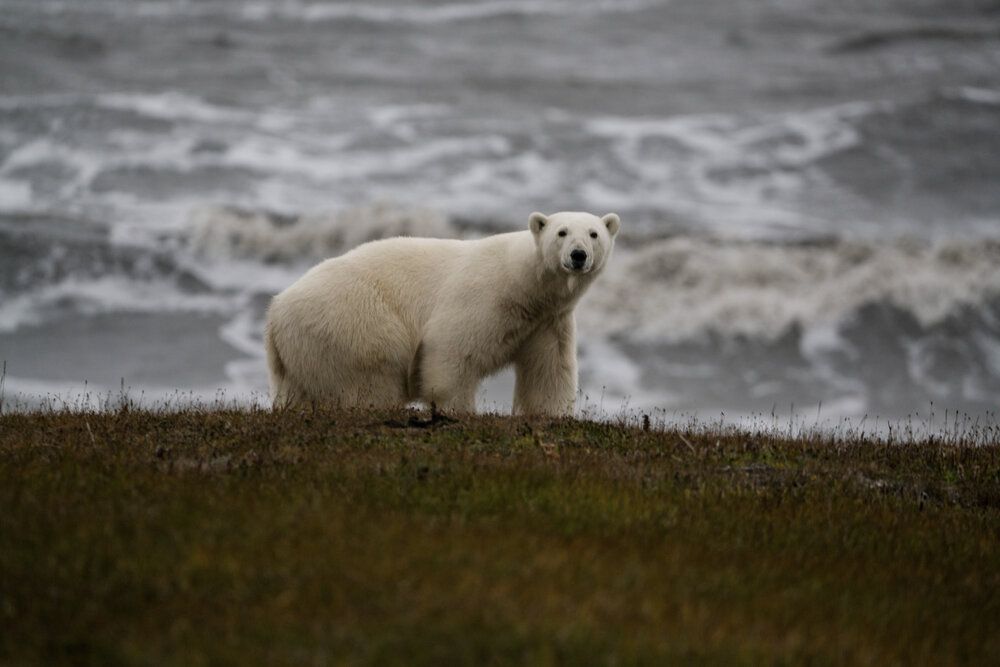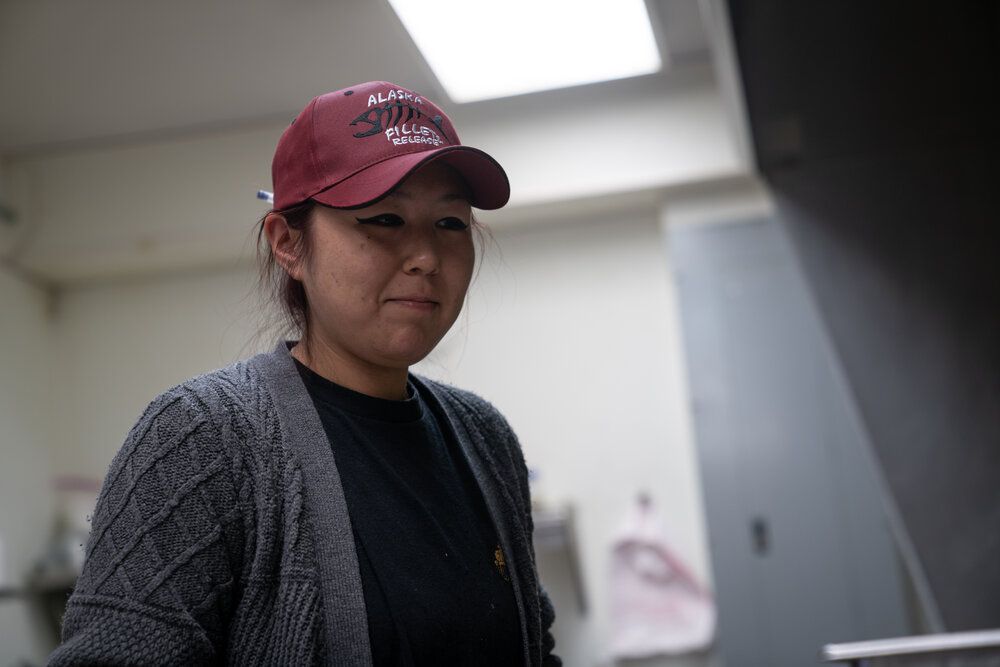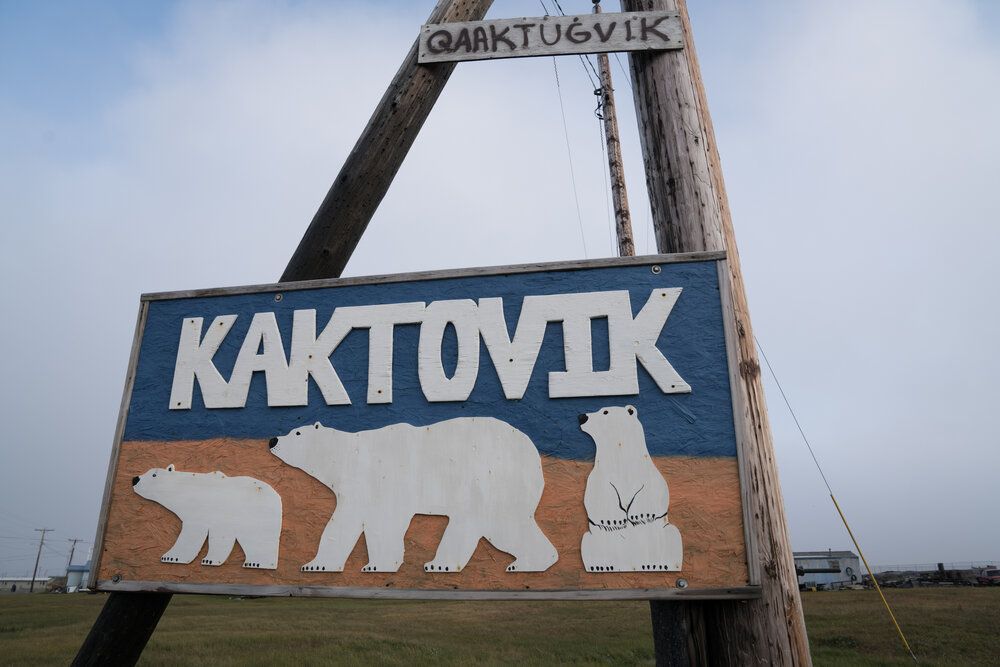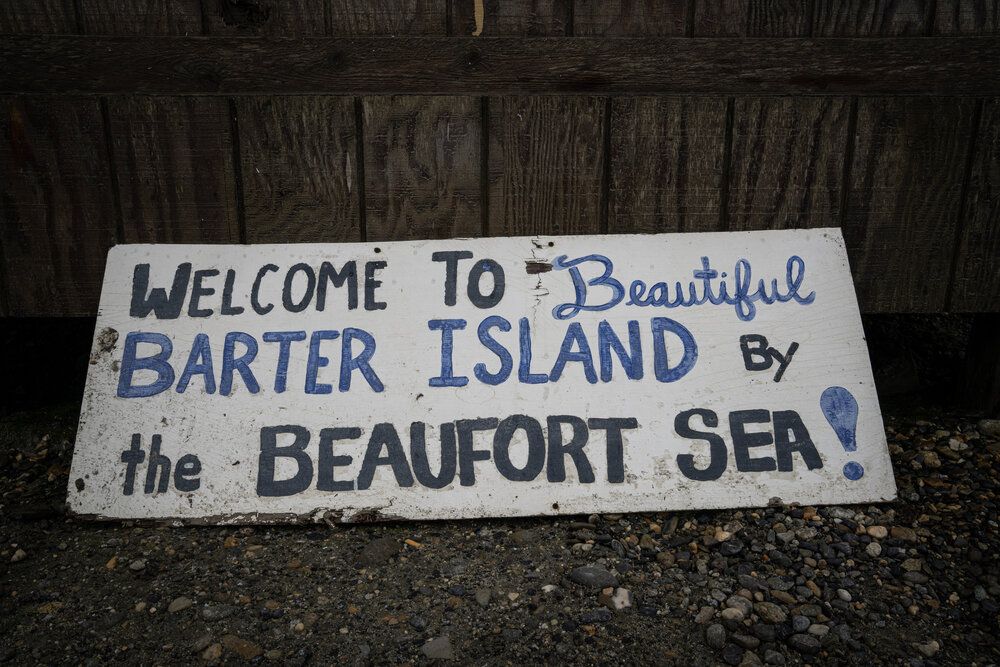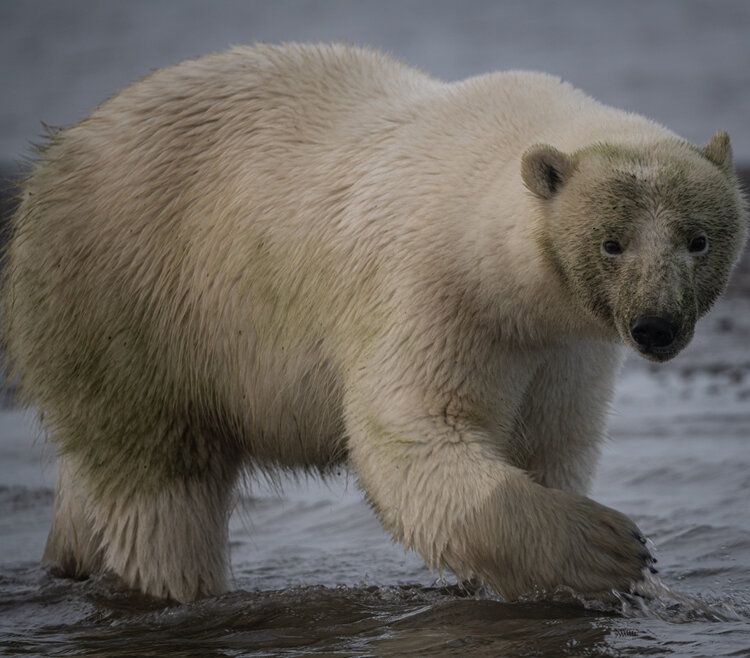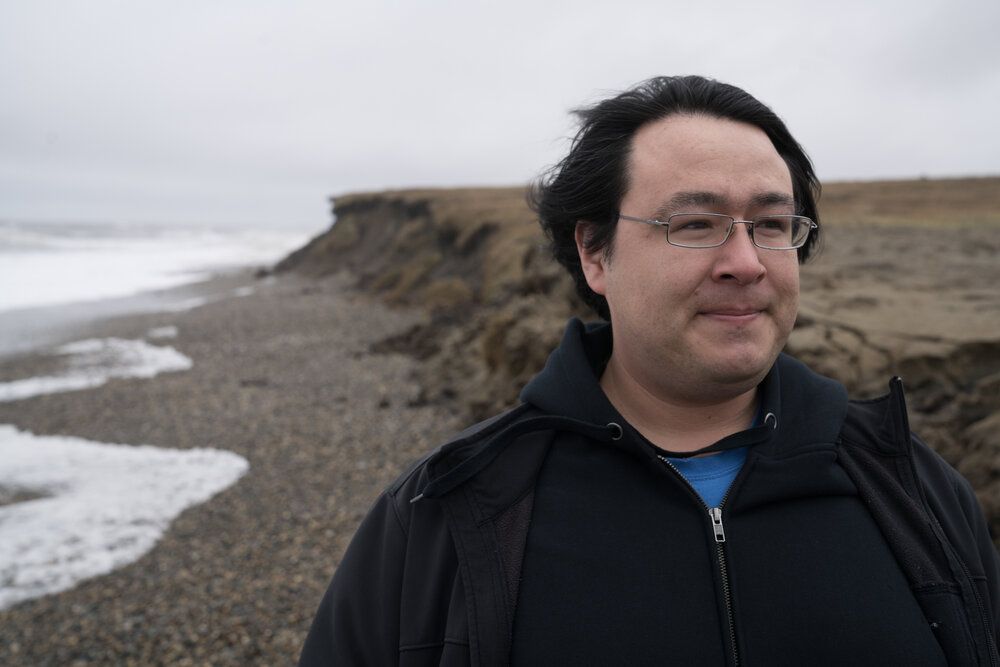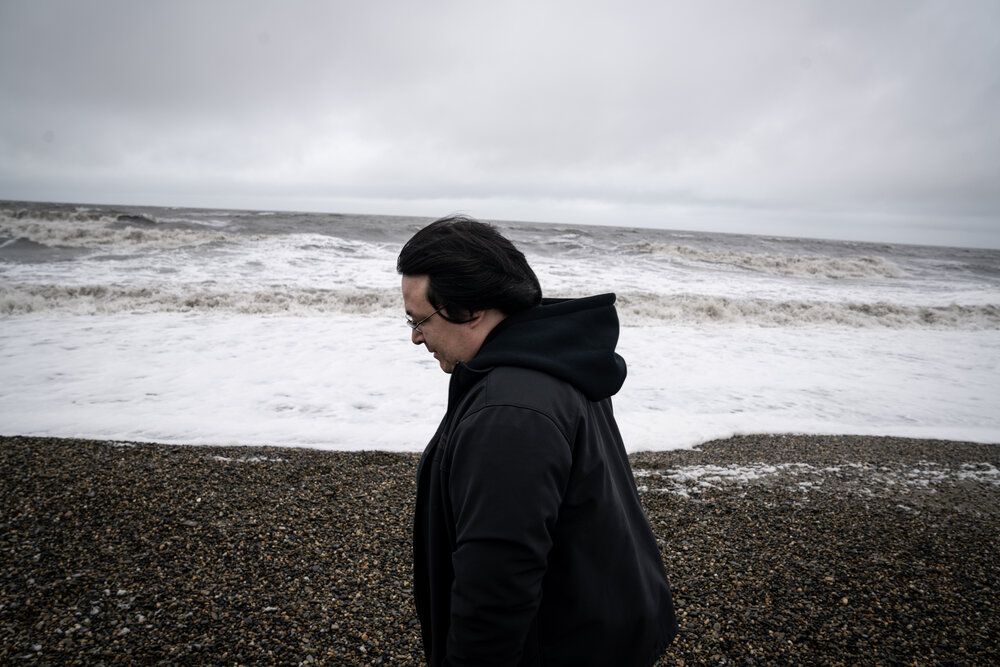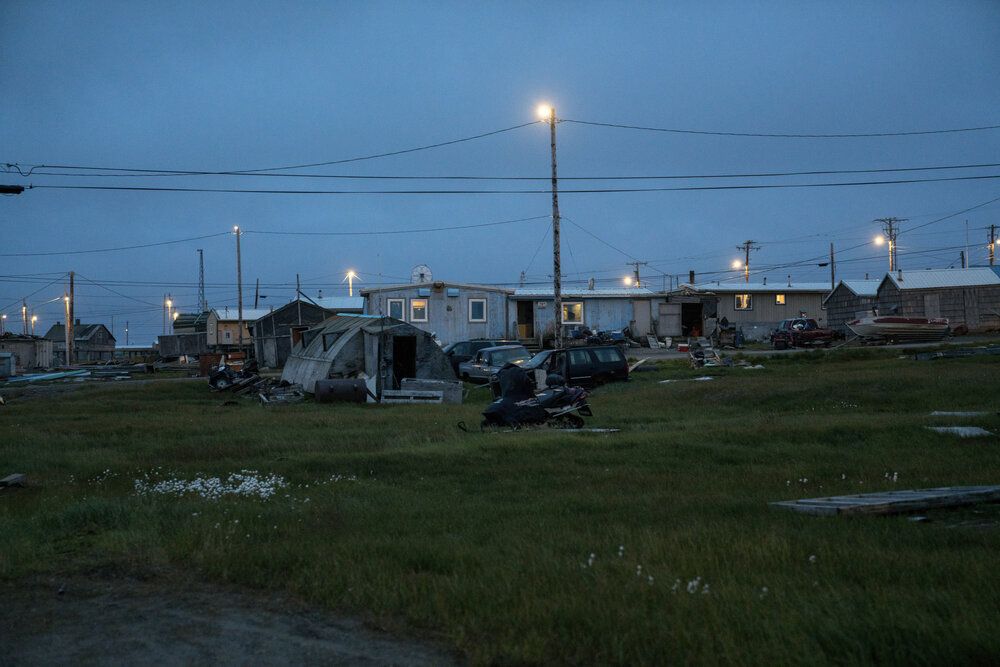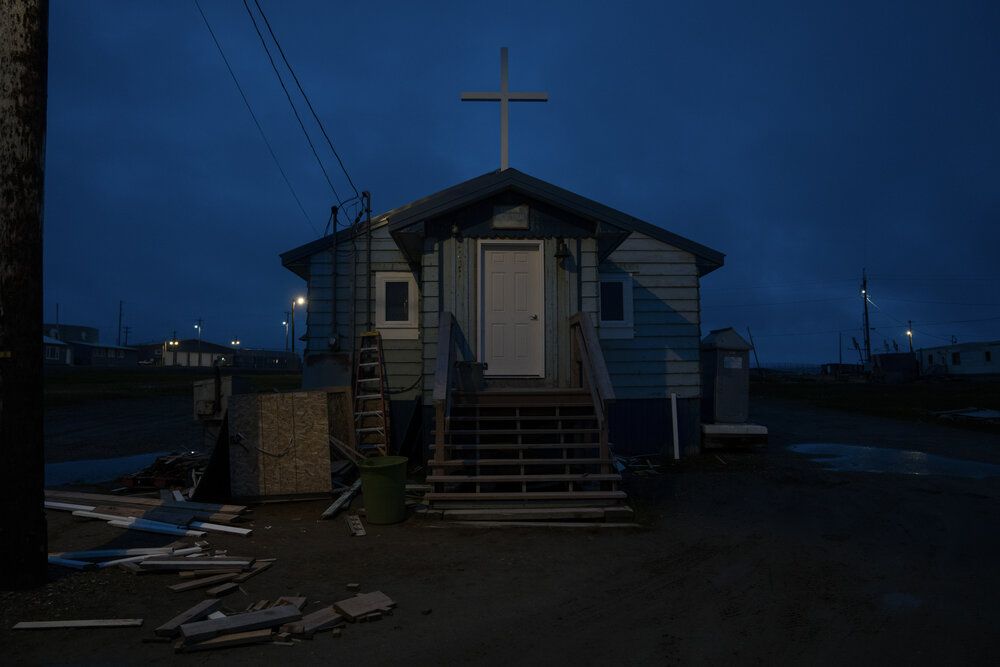For 40 years, the fight over drilling for oil in the Arctic National Wildlife Refuge has been waged mostly from afar, in Washington, D.C. But what would oil development mean to the people who live closest to the proposed drilling area?
Kaktovik, Alaska is the only town within the boundaries of the Arctic National Wildlife Refuge. Now that drilling has been approved by Congress, it could mean people here someday have oil rigs right next door. But it could also mean this small town is suddenly awash in cash.
Kaktovik may have more to lose, and more to gain, than any other community in the country, so we’re going to spend two full episodes listening to people here.
LEARN MORE
COMMUNITY OF KAKTOVIK
Members of two Indigenous communities make their homes in or along the border of the Arctic National Wildlife Refuge (ANWR)— the Inupiaq and the Gwich’in. In this miniseries we’ll be spending time with both, but in this episode we’re in Kaktovik, the only village inside the boundaries of the refuge. Many Inupiaq people who live here are shareholders of both the Arctic Slope Regional Corporation (ASRC) and Kaktovik Inupiat Corporation (KIC).
These Native corporations were created with the passage of the Alaska Native Claims Settlement Act, or ANCSA. Both own land rights across Alaska’s North Slope.
To read more about the relationship between Kaktovik and oil revenue, we recommend this article from Anchorage Daily News as a starting point, though there is a lot great reporting out there on the subject.
The Kaktovik poll that showed 52% of residents in favor of drilling in ANWR can be viewed here.
MAPS
Map of Arctic National Wildlife Refuge
WHAT PEOPLE GET WRONG ABOUT ALASKA NATIVES
So much of our own reporting is about not relying on what we think we know but taking the time to dig in and appreciate the nuance and complexity of the world around us. We think this short video does a great job of doing the same.
ARCTIC CULTURAL AND COASTAL PLAIN PROTECTION ACT
In September of 2019, the House of Representatives passed the Arctic Cultural and Coastal Plain Protection Act, which blocks the same oil development in ANWR that the 2017 Tax Cuts and Jobs Act required. The act had bipartisan support but is expected to die in the Senate.
While the act claims to protect Indigenous communities, not all Native Alaskans agree. We played a small portion of Kaktovik resident Fenton Rexford’s testimony against the bill, but you can watch the full House committee testimony here.
Fenton also mentions the Arctic National Wildlife Range in his testimony. The Range was the precursor to ANWR, a much smaller but no less important piece in the story of the refuge.
CLIMATE CHANGE AND SEA ICE
Climate change is complex, but after decades of speculation, one thing is settled: carbon dioxide in the atmosphere makes for a warmer world. NASA, NOAA, and the EPA offer introductory overviews to the science of CO2.
For a brief introduction to the effects of climate change in the arctic, visit U.S. Fish and Wildlife, or for a deeper dive, this national assessment out of Canada.
Changes in the climate mean a lot of things in Alaska, but one of the big topics on a lot of people’s minds is the decline in sea ice. You can read more about that here.
MYSTERY WELLS AND ORPHAN WELLS
The only experimental well ever drilled in ANWR, often called the “KIC well,” is shrouded in action-movie-like secrecy. The New York Times did a detailed story on its legendary status, as did Anchorage Daily News.
For the full GAO report on the BLM and “orphaned wells” across the United States, go here.


